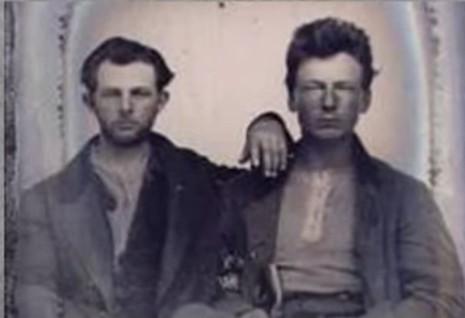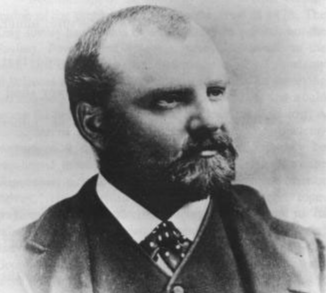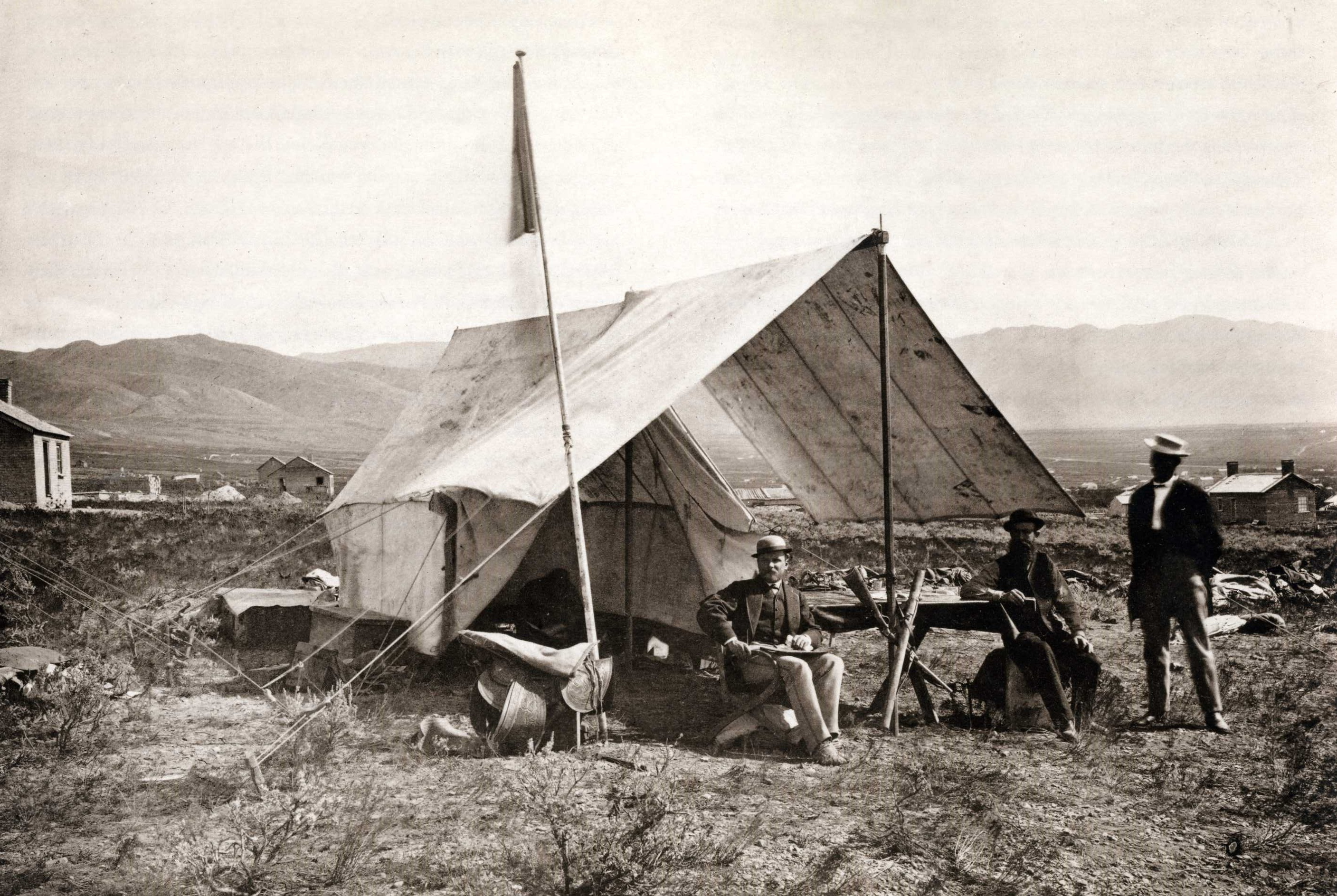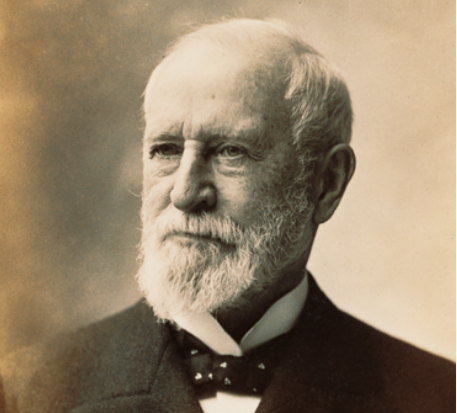In 1872, two seemingly ordinary prospectors, Philip Arnold and John Slack, claimed they’d found a massive deposit of diamonds and other precious gems in the western US. They showed samples of rough stones to wealthy investors, including bankers and politicians. This was all it took to set off a frenzy of speculation and excitement. But it turned out there was more to the discovery than met the eye.
A Discovery Sets Off A Diamond Fever
Arnold and Slack insisted that secrecy was of the utmost. They refused to share the exact location of the deposit, but offered vague allusions that it lay somewhere between Wyoming and Colorado. Despite the glaring lack of specifics, prominent financiers, including Charles Tiffany, Horace Greeley, and members of the Rothschild family, were completely taken in by dreams of a big score. They bought in heavily, forming the “San Francisco and New York Mining and Commercial Company" to pool their investment.
 The Great Diamond Hoax, Gemstones, YouTube
The Great Diamond Hoax, Gemstones, YouTube
A Field Of Deception
Arnold and Slack guided a blindfolded team of company reps to the site, a remote and barren patch of land. To everyone’s amazement, gems were found scattered across the ground. What they didn’t know, was that Arnold and Slack had “salted” the site: deliberately planting real but cheap gems bought from European dealers to fake a natural deposit.
A Geologist Got Suspicious
The fraud fell apart thanks to Clarence King, a brilliant geologist and government surveyor. He and his team had done mapping and surveying work in the area and wanted to make sure they hadn’t missed anything. Suspicious of the find and the wild claims of a diamond deposit, King led his own independent expedition to the site.
 Unknown authorUnknown author, Wikimedia Commons
Unknown authorUnknown author, Wikimedia Commons
The Fraud Was Revealed
Upon close inspection, King noted that the gems were oddly distributed and included stones that could not logically occur together in nature. His scientific knowledge and methodical approach as a geologist confirmed the site had been artificially seeded. In fact, the diamonds were industrial stones from drill bits, and the other stones had been bought from Native Americans in the US Southwest. King hurried back to San Francisco to warn investors.
Telling The World
King’s findings were made public in late 1872, sending shockwaves through the investment community. The scam had duped some of the most respected figures in American finance. The value of the “mine” instantly collapsed. While many were embarrassed, Clarence King’s reputation soared. He later became the first director of the US Geological Survey.
 Timothy H. O'Sullivan, Wikimedia Commons
Timothy H. O'Sullivan, Wikimedia Commons
The Fate Of Arnold And Slack
Remarkably, neither Arnold nor Slack was ever prosecuted. Arnold returned to Kentucky and quietly lived off the fortune he’d made from the hoax. He started a bank and even dabbled in politics before dying in 1879 after being shot in a personal dispute. Slack also avoided punishment, but kept a lower profile than his former partner. He lived out his days in obscurity, reportedly working as a farmer and rarely mentioning his past.
A Cautionary Tale For Investors
The Diamond Hoax of 1872 is an early and classic example of a mineral exploration hoax. These hoaxes work on investor gullibility, lack of regulatory oversight in an inaccessible location, and plain old speculative hysteria. Even seasoned businessmen were blinded by greed and the allure of instant riches. The incident highlighted the need for scientific verification and better oversight of mineral claims in the post–Gold Rush era.
 Unknown authorUnknown author, Wikimedia Commons
Unknown authorUnknown author, Wikimedia Commons
The Role Of American Expansionism
The hoax occurred during a time when the American West was seen as a land of endless opportunity. News of gold, silver, and now diamonds played a role in a larger national mythology of manifest destiny. This made it easier for fraudsters like Arnold and Slack to exploit the dreams and ambitions of a growing country.
Legacy In Literature And Culture
The story of the hoax captured the imagination of writers and journalists. Mark Twain, a frequent commentator on human folly, referenced it indirectly in his works. It remains a staple case study in geological circles and business ethics courses as a lesson in due diligence and critical thinking.
You May Also Like:
Historical Photos Of The Osage, The Richest Tribe On Earth
The Giant Hoax That Fooled America
A Million Dollar Treasure Hidden In The Rockies: The Forrest Fenn Story







